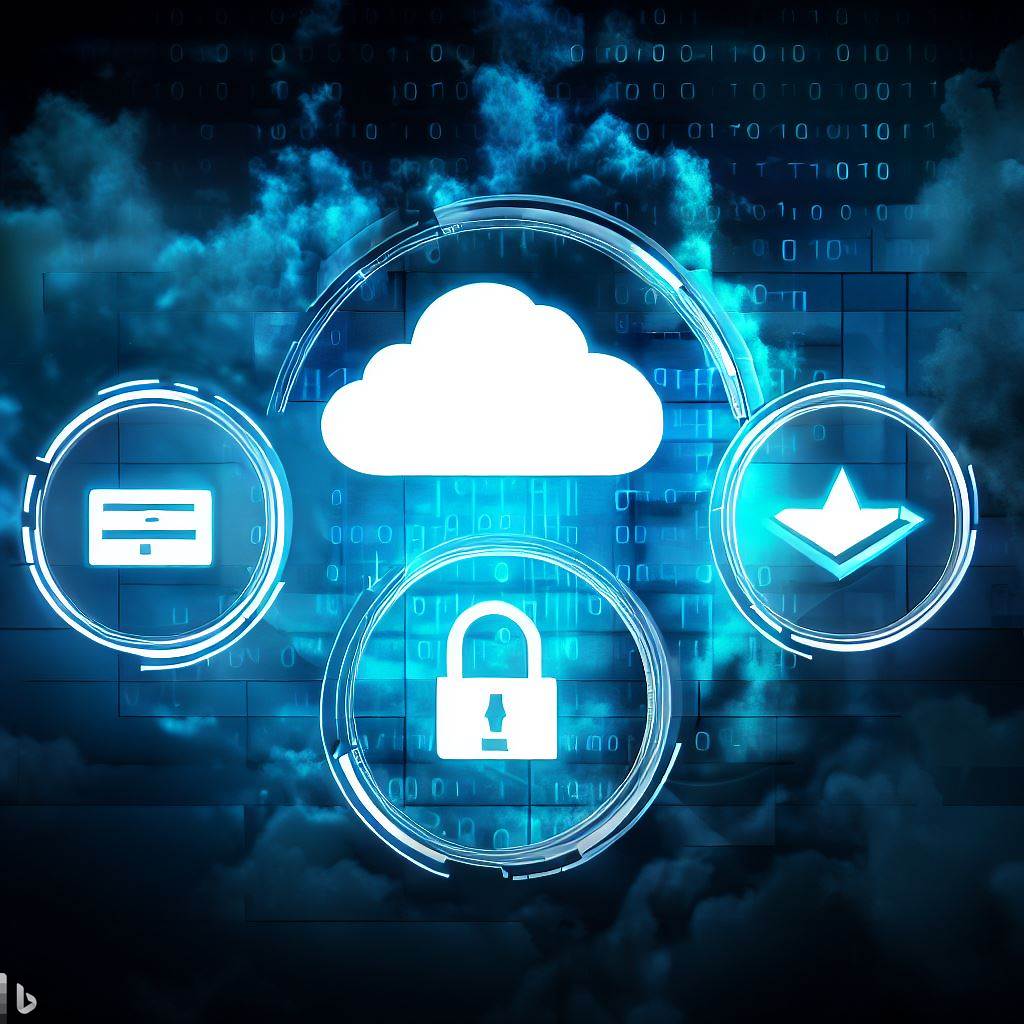 Piergiorgio Venuti
Piergiorgio Venuti
False IT security myths: because backup, cloud, firewall and antivirus alone are no longer enough
Estimated reading time: 4 minutes
Introduction
Cyber security has become a major concern for businesses and individuals. With cyberattacks and data breaches on the rise, many still believe that solutions like data backup, cloud storage, firewalls, and antivirus are enough to protect their digital assets. However, these solutions alone are no longer enough to deal with today’s threats. In this article we will analyze why these solutions can no longer be considered adequate and what you can do to improve your IT security.
The backup myth
Data backup has always been one of the pillars of any IT security strategy. Having a copy of your data allows you to restore them in the event of a ransomware attack or malfunctions. However, backup alone is no longer enough in the face of today’s Advanced Persistent Threats (APTs).
APT attacks expect hackers to remain hidden on the victim’s network for up to months, silently exfiltrating valuable data before being detected and neutralized. In these cases, the backup will contain a copy of the already compromised data, making it useless. Also, if hackers’ access is not eliminated, they will still be able to continue accessing the network and newly created backups. It is therefore necessary to integrate backup with active network monitoring solutions to identify and block this type of threat.
The false myth of the Cloud
Cloud storage is often seen as a way to increase data security, thanks to the redundancy and protection provided by providers. However, moving data to the cloud does not in itself improve cybersecurity. The attack surface simply moves from internal servers to those of the cloud provider. Also, the basic security offered by most providers only covers the protection of the cloud infrastructure, but does not analyze the data content for threats.
Encryption and data access policies must be implemented and managed by the customer. In case of a ransomware attack that encrypts your files, they will remain inaccessible even if they are in the cloud. It is therefore necessary to integrate additional security services to truly protect data in the cloud, as well as train personnel on the correct configuration of access policies.
The false myth of the Firewall
Firewalls are a crucial element for defining the perimeter of the corporate network and controlling incoming and outgoing traffic. However, a traditional firewall alone is no longer enough to block today’s cyberthreats. This for two main reasons:
- Many attacks occur using legitimate channels that are allowed by the firewall, such as email, websites and file sharing. The firewall controls only the communication channel, not the conveyed content.
- Insider threats—attacks originating from compromised employees or devices already on the network—bypass the firewall completely.
To improve protection, it is necessary to adopt new generation firewalls with advanced functions such as IPS (Intrusion Prevention), sandboxing and advanced threat protection to also control the contents conveyed by the network. You also need internal network monitoring tools.
The false myth of the Antivirus
Antiviruses are essential for protecting endpoints such as PCs, laptops and servers from malware such as viruses, ransomware, spyware, trojans and worms. However, even traditional antivirus alone is no longer enough to stop today’s advanced threats. The reasons are two:
- They rely on signature databases of known malware, and are therefore ineffective against new, unknown threats.
- They can be fooled or disabled by advanced malware.
To improve the level of protection, enterprises should equip themselves with next-generation antiviruses that incorporate artificial intelligence and machine learning to detect even unknown threats based on their anomalous behavior, as well as signature databases. Furthermore, these advanced antiviruses adopt self-protection techniques to prevent deactivation.
Conclusion: The need for a modern integrated approach
As we have seen, solutions such as backup, cloud, firewalls and antivirus – while still important – are no longer sufficient by themselves to protect businesses and users against today’s advanced and constantly evolving cyberthreats.
Serve invece un approccio stratificato e moderno che integri: protezione avanzata degli endpoint, monitoraggio attivo 24/7 della rete per rilevare minacce interne ed esterne, formazione continua del personale, backup crittografati e immutabili, e server e postazioni separate per limitare l’impatto di eventuali attacchi.
In this context, services such as Secure Online Desktop SOCaaS, which combine professional 24/7 monitoring of the corporate network with threat analysis via a modern Security Operation Center, and advanced endpoint protection, can significantly improve the level of security for companies and organizations.
Useful links:
Customers
Twitter FEED
Recent activity
-
SecureOnlineDesktop
Estimated reading time: 6 minutes L'impatto crescente delle minacce informatiche, su sistemi operativi privati op… https://t.co/FimxTS4o9G
-
SecureOnlineDesktop
Estimated reading time: 6 minutes The growing impact of cyber threats, on private or corporate operating systems… https://t.co/y6G6RYA9n1
-
SecureOnlineDesktop
Tempo di lettura stimato: 6 minuti Today we are talking about the CTI update of our services. Data security is… https://t.co/YAZkn7iFqa
-
SecureOnlineDesktop
Estimated reading time: 6 minutes Il tema della sicurezza delle informazioni è di grande attualità in questo peri… https://t.co/tfve5Kzr09
-
SecureOnlineDesktop
Estimated reading time: 6 minutes The issue of information security is very topical in this historical period ch… https://t.co/TP8gvdRcrF
Newsletter
{subscription_form_1}© 2024 Cyberfero s.r.l. All Rights Reserved. Sede Legale: via Statuto 3 - 42121 Reggio Emilia (RE) – PEC [email protected] Cod. fiscale e P.IVA 03058120357 – R.E.A. 356650 Informativa Privacy - Certificazioni ISO












